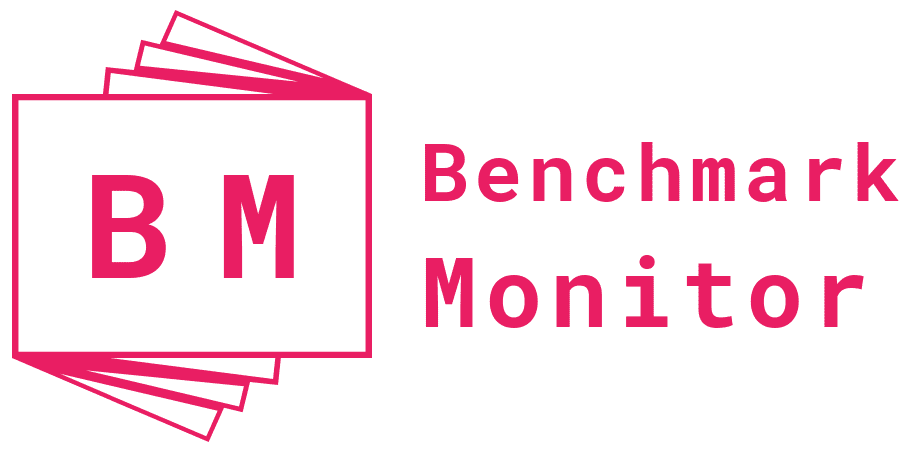Have you ever come across stock indices and ETFs? Many beginners in the stock exchange don’t know what it is. Let’s speak about them.
Today we will talk about two complex and related financial instruments – stock indices and ETFs. We will discuss exactly what they are, what are they used for and how and where to trade them.
What are the stock indices?
Table of Contents
Stock index is an index that represents the particular market or part of it, like a particular economic sector. They represent the situation on the market.
For what are they used?
Stock indices can show you the dynamics of the market. That’s why the absolute values of the indices are not important, but the changing of them signs you about the changing in the market. For example, if the Dow Jones index falls down, this means that the companies represented in this index generally fall down, their stocks are becoming cheaper.
For whom is this useful? Of course, for the investors, economic analytics, banks and governments. For all the people, for whom it is important to see the dynamics of the market and to predict how the economy will change. Economic indices or stock indices are representing the current economic situation, that’s why analyzing their changes helps us to understand the processes in the world economy.
History
The first stock index, still very popular, was Dow Jones Transportation Average, created in 1886. It was created by Charles Dow, the famous journalist and investor, who was the founder of Wall Street Journal and one of the founders of the Dow Jones & Company financial agency. Firstly this index united the 11 biggest transportation companies from USA, now it unites 20.
So the pioneer country for the stock indices was USA. But now all the countries have its own indices. Some of them represent the country’s economy, like Standard & Poor 500, or S&P 500 (which represents top-500 American companies from the rating of Standard & Poor), and others represent particular sector of the economy – for example, NASDAQ 100 represents top 100 high-tech companies which are traded on the stock exchange NASDAQ.
Who creates the stock indices?
The stock indices are created by two main actors – stock exchanges (like NASDAQ 100) and financial agencies (like S&P 500). Their analysists create the formulas of the ratings, and then computers count them automatically.
How are stock market indices counted?
One of the oldest indices, the Dow Jones Industrial Average, is counted by calculating the arithmetic mean between top American companies. But this is rather the exception than the rule in the modern world. Usually counting the index takes into account not only the changing of the company’s stock prises, but the share of the companies in the market, that’s why the formulas of indices are more complex. For example, if company A which is represented in the index holds 20% of the share of the market represented in the index, and company B holds only 1%, the prices of company A’s stocks will affect 20% of the index, and company B will affect only 1%.
Using stock indices to understand the investor’s sentiments
Stock indices can help you to understand the investor’s sentiments and to make more perfect economic decisions. How does it work? For example, the Apple’s stocks grow, but the whole NASDAQ 100 index, which represents the whole high-tech sector, including Apple, falls. This means that investors consider reasonable to sell the high-tech companies stocks and don’t believe it will grow (or just prefer short positions on the NASDAQ 100 futures). Such sentiments can easily affect Apple, too, leading its stocks to fall like the whole sector
What is the stock index trading?
To trade indices there are two options: futures trading and passive investments.
Indices futures
Indices futures trading includes short and long positions. If you think that this index will fall in the future, you should open short position on it, if you think that it will grow – you should open the long one.
Passive investments
You can also passively invest in the stock index funds or ETFs
ETFs
ETFs, or Exchange Trader Funds, are the stock funds that usually copy particular indices. You can buy them like ordinary stocks, but they represent the whole index. They facilitate investments and diversication of your investment portfolio, because they enable you to invest in the whole sector (for example, high-tech) or country with moderate funds. To buy the stocks of all the stocks of the one index you will have to spend thousands of dollars, but to buy ETF you can have to spend only a few dollars.
Wise investor says…
It’s hard to invest more successfull then the market grows. Relentless statistics show that about 75% of investors lose their money or earn less then the speed of the market growing. Why? Because they try to achieve more than the percent of the market growing, but make poor decicions and then lose everything they had. It conserns even experienced investors, and moreower it conserns newbies. But how to solve this problem? Perhaps the best way is investing in ETFs for a long term. With this investments you achieve exactly the percent of the market’s growing, and many markets usually grow. That’s a safe way to save your money from inflation and to grow them.
Where can you trade stock indices and ETFs?
Indices and ETFs are one of the common trading instruments. We recommend two firms which offer you trading indices and ETFs.
- AvaTrade – famous trading company which offers a lot of trading and social trading.
- Dutch Rate – young perspective fintech project created in 2021 which offers huge amount of trading instruments.
Conclusion
Indices can give you information about the market, which is their main function. Despite this function you can also trade indices with futures or try passive investments. Perfect instruments for passive investments are ETFs, which are usually connected with related indices. Passive investments are more suitable for the beginners.

